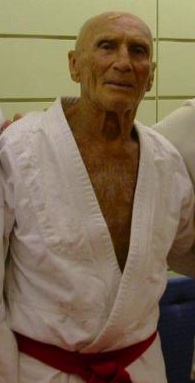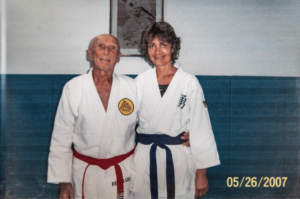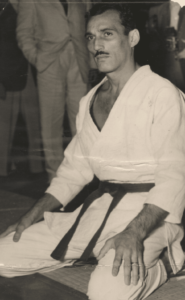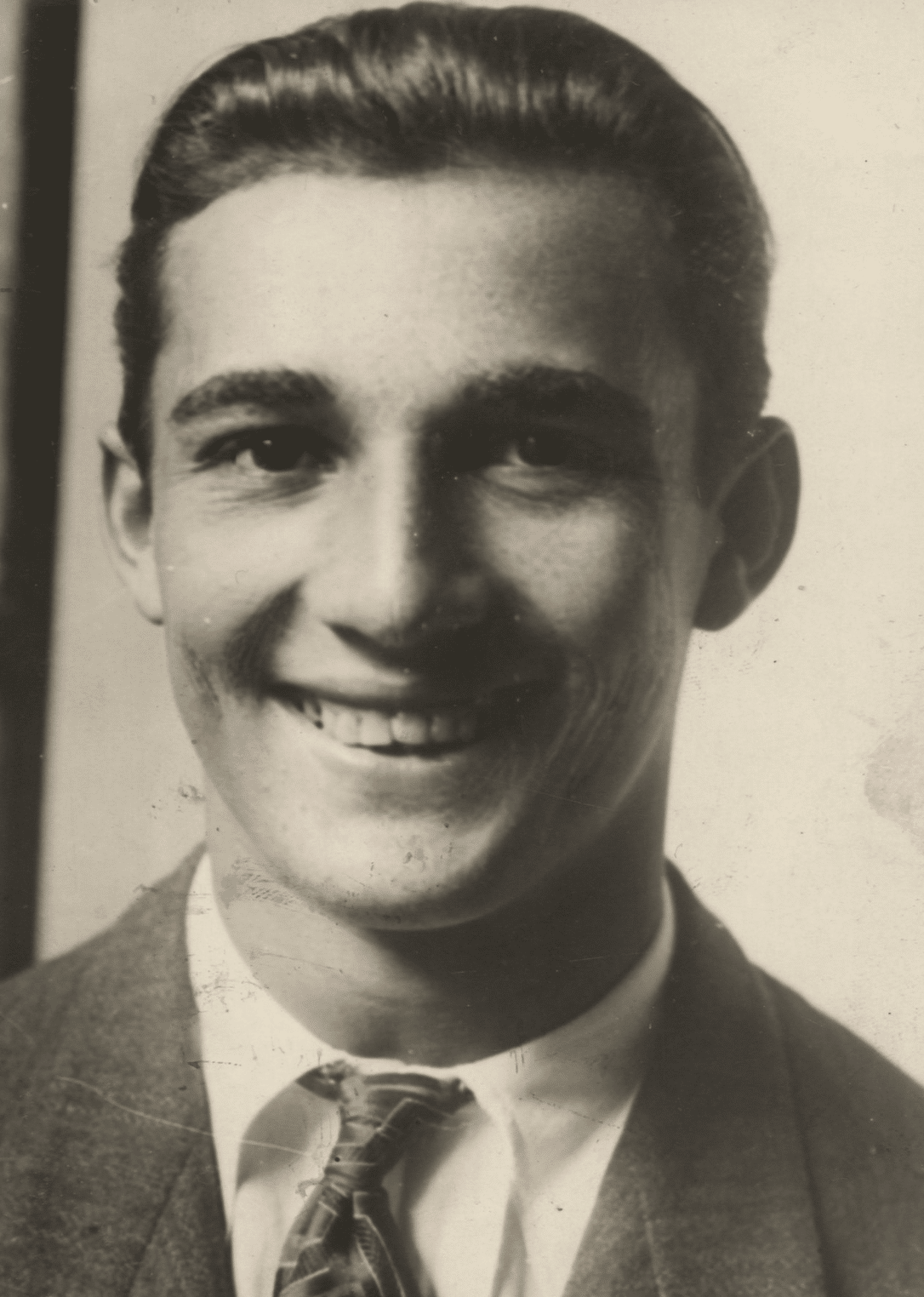The intersection of martial arts, medicine, and injury recovery has undoubtedly seen great strides over time**, thanks to the contributions of iconic figures such as Dr. Angelique Hart and Hélio Gracie. In fact, both pioneers in their respective fields, Dr. Hart and Hélio Gracie, not only made significant individual impacts, but moreover shared invaluable insights into training practices and injury management. Specifically, through Dr. Hart’s expertise in medicine and, on the other hand, Hélio Gracie’s revolutionary approach to Brazilian Jiu-Jitsu, their combined knowledge has ultimately influenced how athletes today train, prevent injuries, and recover from them. As a result, their collaboration has shaped modern approaches to athletic performance and rehabilitation.
This article explores the fascinating connection between Dr. Angelique Hart, a physician and Brazilian Jiu-Jitsu (BJJ) practitioner, and Hélio Gracie, the legendary martial artist who developed Gracie Jiu-Jitsu, and how their shared experiences shaped a deeper understanding of sports injuries, training, and recovery.
Table of Contents
- Introduction to Dr. Angelique Hart and Hélio Gracie
- Hélio Gracie: A Trailblazer in Brazilian Jiu-Jitsu
- Dr. Angelique Hart’s Medical and Martial Arts Background
- Shared Passion for Jiu-Jitsu Training
- Hélio Gracie’s Approach to Training and Injury Prevention
- Dr. Hart’s Medical Perspective on Sports Injuries
- Collaborative Insights: Training and Recovery in Combat Sports
- Injury Management in Jiu-Jitsu: The Gracie Methodology
- How Dr. Hart’s Medical Knowledge Benefits BJJ Athletes
- Lessons on Longevity from Hélio Gracie’s Training Regimen
- Evolution of Injury Prevention Techniques in Jiu-Jitsu
- The Influence of Jiu-Jitsu on Dr. Hart’s Pain Management Approach
- Rehabilitation Techniques from Dr. Hart and Gracie’s Perspectives
- Future of Sports Medicine in Jiu-Jitsu
- Conclusion: Bridging Medicine and Martial Arts for Athlete Longevity
1. Introduction to Dr. Angelique Hart and Hélio Gracie
Dr. Angelique Hart is a seasoned physician with a background in integrative medicine, known for her dedication to pain management and injury rehabilitation. In addition to her medical practice, she is an avid practitioner of Brazilian Jiu-Jitsu, a martial art that was famously developed by Hélio Gracie. Hélio Gracie, one of the founding fathers of Gracie Jiu-Jitsu, revolutionized the martial arts world with his emphasis on technique over brute strength, allowing smaller individuals to defend themselves against larger opponents. Both Dr. Hart and Gracie have made important contributions to how athletes, particularly martial artists, train and recover from injuries.
2. Hélio Gracie: A Trailblazer in Brazilian Jiu-Jitsu

Born in Brazil in 1913, Hélio Gracie is widely regarded as the co-creator of Brazilian Jiu-Jitsu (BJJ), a martial art that emphasizes leverage and technique to overcome physical limitations. His innovation transformed the martial arts landscape, creating a system where technique could trump strength, enabling smaller fighters to defend themselves successfully. Hélio’s philosophy was rooted in his own physical limitations, as he was naturally frail and had to adapt traditional Japanese Jiu-Jitsu techniques to suit his body. His contributions to the martial arts world are profound, and today, Brazilian Jiu-Jitsu is one of the most popular and respected disciplines globally.
Throughout his career, Hélio Gracie was acutely aware of the physical toll that intense training and fighting could have on the body. He focused on a sustainable training regimen and was known for his incredible endurance and ability to fight well into his senior years, famously competing in a high-profile match at the age of 43.
3. Dr. Angelique Hart’s Medical and Martial Arts Background

Dr. Angelique Hart is a pain management specialist and integrative medicine practitioner who has a deep commitment to holistic and non-invasive medical treatments. In addition to her extensive medical training, Dr. Hart took up Brazilian Jiu-Jitsu (BJJ), where she has developed a passion for the art of self-defense. Her training in BJJ is not just a physical pursuit but has informed her medical practice, especially when dealing with sports injuries and pain management.
Her journey in Brazilian Jiu-Jitsu allowed her to understand the specific injuries common in martial arts, such as joint and ligament damage, and to apply her medical expertise to prevent and rehabilitate these injuries. Dr. Hart believes that the lessons learned through martial arts can be integrated into medical practices, offering a unique perspective on the interplay between the two fields.
4. Shared Passion for Jiu-Jitsu Training
Both Dr. Hart and Hélio Gracie shared a deep commitment to Jiu-Jitsu training, though from different perspectives—one as a physician and the other as a martial arts innovator. For Hélio Gracie, Jiu-Jitsu was more than just a sport; it was a way of life and a method for maintaining physical and mental health. His training philosophy emphasized efficiency, technique, and the long-term sustainability of the body.
Dr. Hart, as a practitioner of BJJ, brings a scientific approach to the sport, focusing on understanding how the body reacts to the stresses of training and how to mitigate injury risk. Her work in pain management complements Gracie’s philosophy of mindful training, as both prioritize the health and well-being of the athlete, ensuring that training methods do not compromise long-term physical health.
5. Hélio Gracie’s Approach to Training and Injury Prevention
Hélio Gracie’s training regimen was built on the concept of efficiency. Recognizing his own physical limitations, he adjusted traditional Jiu-Jitsu techniques to maximize leverage and minimize unnecessary strain on the body. His training methods emphasized fluidity, patience, and strategic thinking over brute force, allowing practitioners to avoid overexertion and injury.
Moreover, Gracie was an advocate of physical conditioning and recovery, which are crucial in avoiding injuries. He believed that martial arts should be a lifelong practice, and to sustain this, one must be mindful of their body’s limitations. His approach has influenced generations of martial artists, many of whom train with the long-term health of their joints, muscles, and tendons in mind.
6. Dr. Hart’s Medical Perspective on Sports Injuries
From a medical perspective, Dr. Hart is particularly attuned to the injuries that martial artists often face, such as joint dislocations, ligament tears, and muscle strains. Her expertise in pain management gives her an understanding of both immediate injury care and long-term recovery. Dr. Hart advocates for the integration of preventive measures, such as proper warm-up techniques, strength training, and flexibility exercises, to mitigate the risk of injury during martial arts training.
She also brings a holistic approach to recovery, emphasizing the importance of nutrition, rest, and appropriate medical interventions like physical therapy and regenerative treatments. This approach mirrors Hélio Gracie’s long-standing philosophy of mindful training and body preservation.
7. Collaborative Insights: Training and Recovery in Combat Sports
While there is no documented direct collaboration between Dr. Hart and Hélio Gracie, the alignment of their principles suggests a shared philosophy on the importance of balance between intense training and proper recovery. Gracie’s emphasis on technique, efficiency, and injury prevention resonates with Dr. Hart’s medical approach to managing sports injuries.
Their combined insights offer a comprehensive blueprint for modern martial artists: prioritize technique to prevent unnecessary strain, listen to the body’s signals, and ensure that injuries are properly addressed before returning to training.
8. Injury Management in Jiu-Jitsu: The Gracie Methodology
Hélio Gracie’s focus on injury management was not just theoretical. His own career was marked by several notable injuries, including a shoulder injury that he famously fought through. Rather than seeing injuries as a limitation, Gracie viewed them as part of the martial artist’s journey, offering lessons in resilience and adaptation. His methods of recovery included rest, gradual reintroduction to training, and the adjustment of techniques to accommodate physical limitations.
9. How Dr. Hart’s Medical Knowledge Benefits BJJ Athletes
Dr. Hart’s medical background allows her to provide invaluable guidance to Brazilian Jiu-Jitsu athletes who encounter injuries. By understanding the specific physical demands of the sport, she tailors her treatments to help athletes recover faster and more effectively. Her focus on non-invasive pain management techniques, such as regenerative medicine and integrative therapies, complements the active lifestyle of martial artists, allowing them to return to their practice sooner and with reduced risk of re-injury.
10. Lessons on Longevity from Hélio Gracie’s Training Regimen

One of the key takeaways from Hélio Gracie’s career is the importance of training for longevity. Gracie’s method of Jiu-Jitsu is built on the idea that the body should be preserved, and this requires mindful, patient training. His ability to fight at an advanced age highlights the effectiveness of his approach. Practitioners of today can learn from Gracie by incorporating rest, recovery, and sustainable training practices into their routines.
11. Evolution of Injury Prevention Techniques in Jiu-Jitsu
Over time, injury prevention techniques in Brazilian Jiu-Jitsu have evolved. Where Gracie’s original methods focused on technique and conditioning, modern science, as advocated by experts like Dr. Hart, has added tools such as physical therapy, proper hydration, and balanced nutrition to the mix. This evolution helps ensure that today’s athletes are better prepared to prevent injuries and sustain long careers in martial arts.
Conclusion: Bridging Medicine and Martial Arts for Athlete Longevity
The contributions of Dr. Angelique Hart and Hélio Gracie, though coming from different fields, converge on the same goal: ensuring the health, performance, and longevity of athletes. Hélio Gracie’s innovative Jiu-Jitsu techniques and focus on efficiency align with Dr. Hart’s expertise in injury management and holistic recovery methods. Together, their shared knowledge has created a valuable framework for training and recovery in martial arts, benefiting athletes for generations to come.
